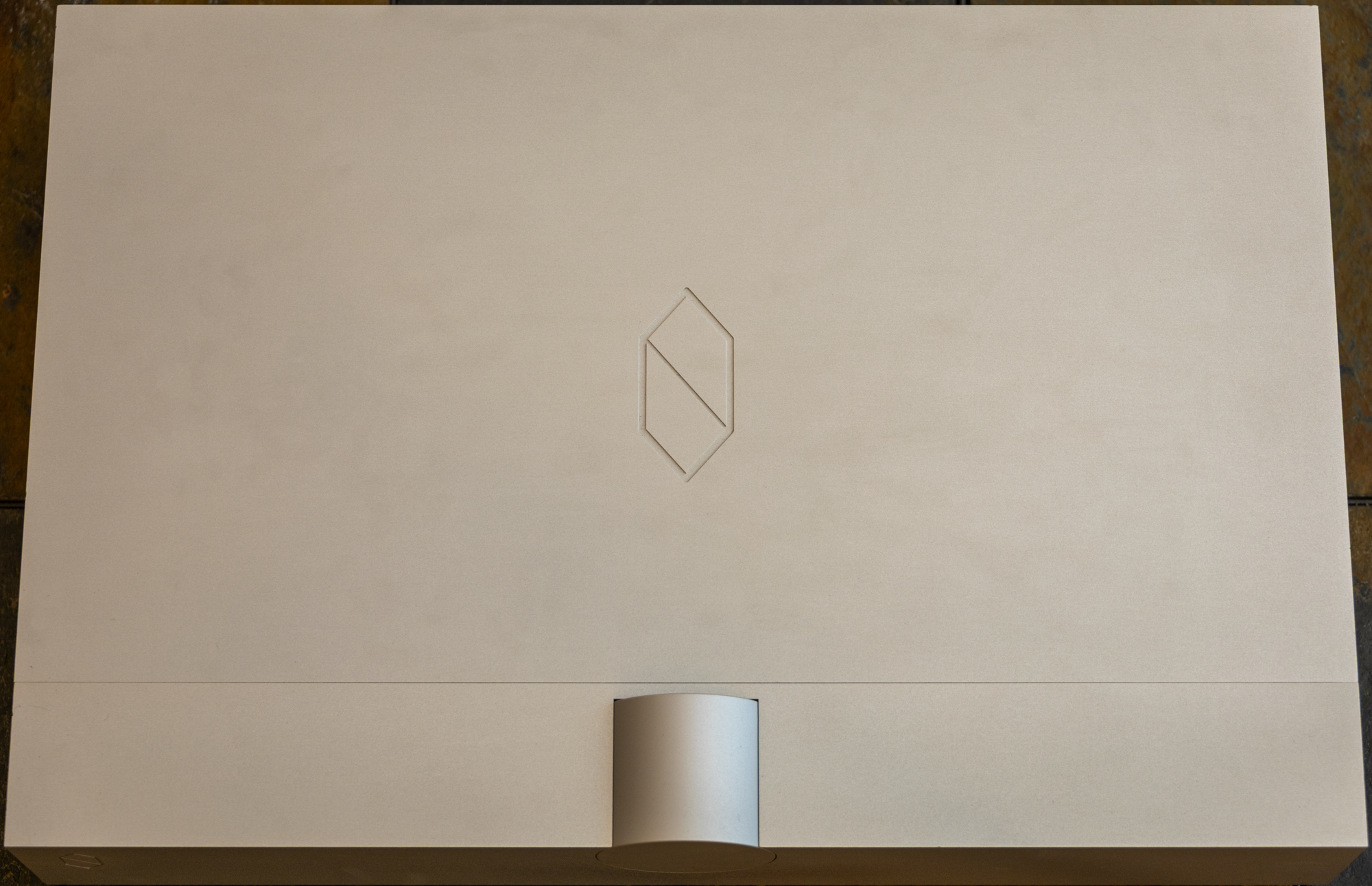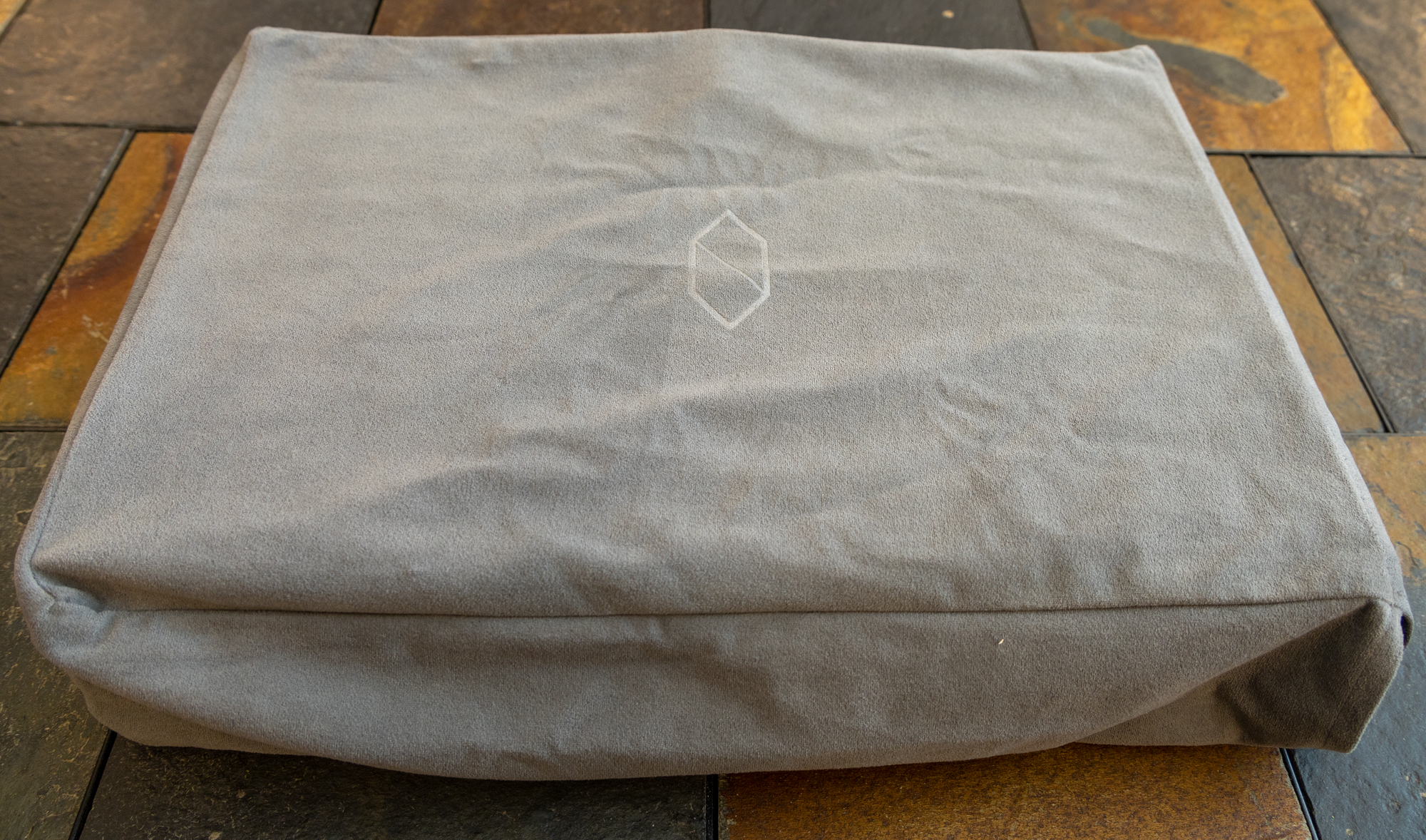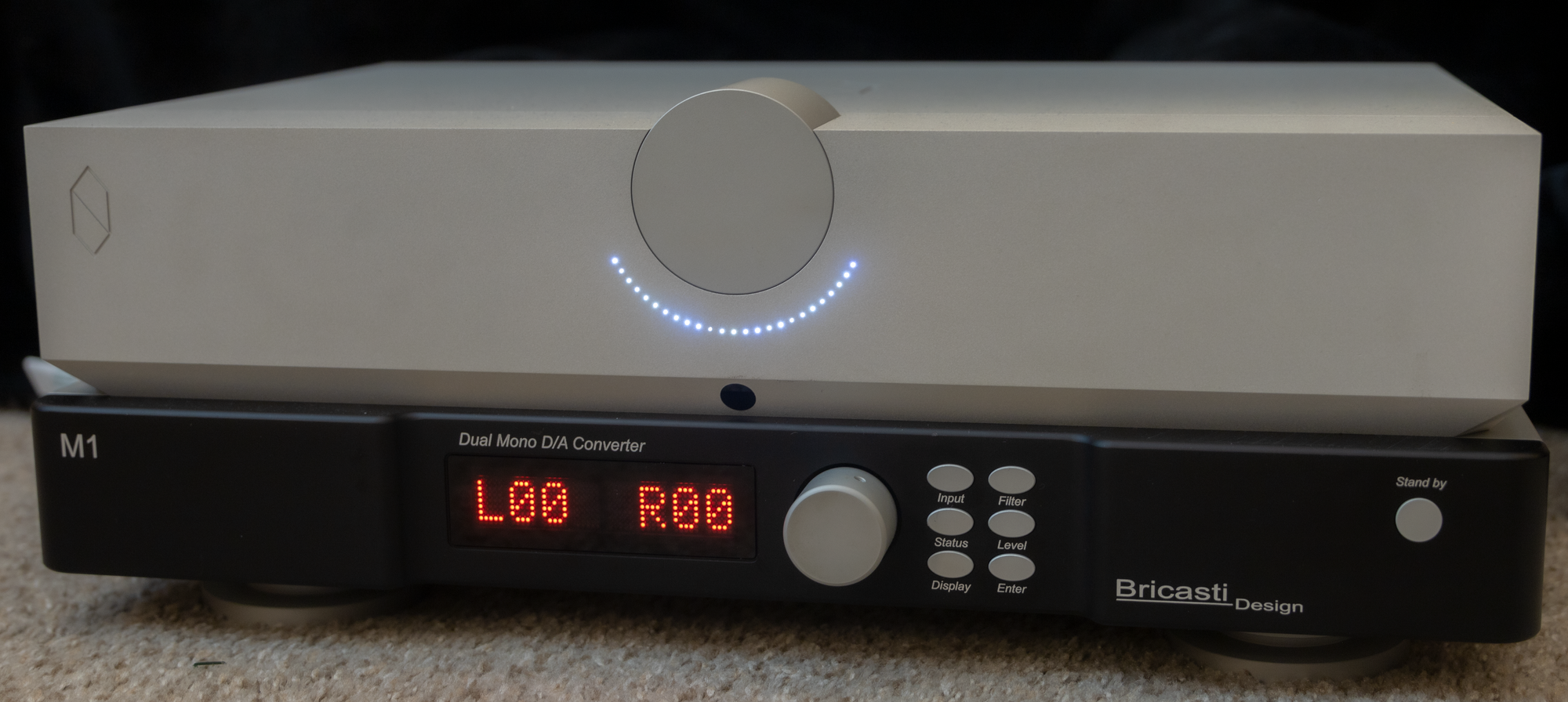An exceptional thanks to Josh M. for loaning me this DAC for review.
The Appetizers
COS Engineering is a small team of passionate audio enthusiasts hailing from Taiwan. The COS D1 (Connoisseur of Sound DAC 1) was their first foray into the digital domain back in 2014. Coming in at a MSRP of $9000 USD, the D1 is amongst stiff competition of favorites within the price ranges this occupies both new and used.

Notable DACs I have tried in this multi-kilobuck range include the Chord Dave with optional M-Scaler, Bricasti M1 SE, Linear Audio ValveDAC, Nagra HD DAC and Tube DAC, and Weiss DAC 502. While I have heard about a handful of competitors the two DACs I have had in-home to compare the D1 to are the aforementioned M1 SE and the much less expensive Dangerous Music Convert-2.
Physical Accoutrement

Included in the OEM packaging is a soft protective sack for the D1 to fit inside, which then fits into some foam cutouts that press against the inner box to secure the DAC in place. Additional padded rectangles litter the exterior of the inner box before sealing the exterior box. A remote is found in its own carrying bag, with 6 labeled thin rectangular buttons. The DAC’s remote sensor is on the front of the unit, below the volume/input informational light array.

The volume and input control comes in the form of an elegant statement knob flush with the front panel and protruding from the top panel for adjustment at a desktop setup. However, this piece of kit is meant to be front and center as a DAC and pre-amplifier in a living room with speakers. The classy minimalism visible from the front of the DAC demands attention as a statement piece in an audio system.

On the rear panel, the COS D1 has a fair number of inputs and outputs. The analog output section is fairly basic, with one column for both the RCA and XLR connectors. The right channel sits above the left channel in both the analog input and output sections. To utilize the pre-amplification section only, the analog inputs located to the right of the outputs are there for you. Further right of the analog inputs are the digital inputs numbered 1-5 with a couple of dip-switches for the on/off of the digital buffer and selecting between USB classes. After a ground terminal, the fuse drawer and IEC power input finish off the rear panel of the DAC.
Of note, this particular DAC unit uses a Burr Brown PCM1792 chip. Over the course of this loan period, I used the USB and coaxial SPDIF input on the D1 fed from an iFi Zen Stream, using the Toslink from my LG C1 OLED TV.
The Entrée
My first couple of dates with the COS D1 were soaked with engagement. I was pleased to listen to album after album with my better half, both of us applauding the DAC for making everything sound good. I heard the DAC as being a couple of degrees warmer than what I was used to, exuding some of the “Brit-Fi” sound signature of my ATC speakers, and creating a cozy canvas upon which sonic information escaped for my ears to feast. The 45/55 mix of dry/wet kind of tone played well for so many albums in my first experience with a high-end converter on my SCM 40 v2 floor-standers. It allowed both of us to get lost in the music, and enjoy a night reminiscing over our angsty years and music throwbacks.

I prefer dry and dynamic components to power the SCM 40s and feel that my Pass X1 pre-amplifier and Bryston 4B3 power amplifier take me steps in the right direction compared to my previous components from Schiit and Hegel.
The stage on the D1 was expansive like a higher-end converter can be, but wasn’t flat and wide like I remember the Chord DAVE being. The D1 exhibited adequate layering and depth, giving the feeling on great recordings of what kind of environment the microphones were in at the time of hitting the record button. I felt the timbre of the COS D1 was fairly good, above average even, as there wasn’t an injection of digit-itus wreaking from the DAC into the rest of the chain like some other data points.

The trade-offs on the DAC were quite noticeable compared to the Convert-2, as I preferred the C2’s dynamic v-shape sound influence on the ATCs compared to the more neutral and straightforward influence of the D1. The Convert-2 really allows my speakers to sing at louder SPLs, with a more authoritative punch in the bass, drier and relatively recessed mid-range, and energetically present treble. The COS D1 instead was pleasant to listen to at lower volumes, especially late at night when you want to enjoy a vibe more than only critically listening. But, I crave a dynamic listening experience, especially with speakers.

I didn’t have a problem with the detail of the D1 up until the last week of my loaner period when I hooked up my Bricasti. Historically speaking, I always scoffed at hearing “a veil was lifted” when referring to a component change. Thinking I knew how everything shook out back then, my thought was that it was biased showmanship to applaud something that ultimately could’ve been placebo.
Knowing what I do now, I cooked up a surprise. I decided to hook up the M1 SE and get a knee-jerk reaction from my better half. Immediately, she mentioned how “the music (was) a bit colder” and “studio-esque detailed while being more alive”. As I listened with her, we noticed how ruthless the M1 SE was to recordings compared to the COS D1. Where the D1 made everything sound like a pleasant hi-fi experience, the M1 SE clearly vocalized the engineered quality of a track even within the vacuum of an album’s run time. When I heard a snare hit, the D1 let you know vaguely how it was hit and was just a tiny bit masked in terms of the Attack-Sustain-Decay-Release sequence. The M1 SE created a clearer image of how that snare hit was recorded, while also showcasing any imperfections in the back-end audio engineering.
Just Desserts

With my preferences for sound reproduction, I feel I have dipped my toes far enough into the deep end that I already know exactly what I want. I desire a dry and dynamic signal chain to be paired with transducers that nail timbre and resolution. With the COS D1, I felt it was an adequate showing amongst the two DACs it was competing against. The Convert-2 was outclassed in detail, the M1 was a little too analytical sounding during playback. Yet, I won’t find myself seeking a D1 on the marketplaces because of what I index for with my speaker sessions. I love the Convert-2 for how macrodynamically bombastic it can reproduce music with a tight attack and brutal analysis of production techniques. And I love the M1 SE for its reach into the recording to pull out details I find absent on lower-quality converters without compressing said information into the audible bands just for the sake of comments equating to “I’ve never heard that before”.
When all was said and done, the D1 remains an impressive DAC that allowed me to enjoy music for being music. It’s a gorgeous component with a delightfully engaging sound. It deserves praise for being the best modern Burr Brown DACs I’ve heard thus far while being an aesthetically eye-catching audio component that couldn’t be further from the “big black box” syndrome.
Once again, thanks to Josh for the incredible opportunity.
Pre-Amplifier Specifications
Analog Input: Balanced x 1, Unbalanced x 1
Analog Output: Balanced x 1, Unbalanced x 1
Residual Noise: < 2uV (-114dBV) / 20Hz~20KHz non-weighted, input terminated
Input Overload: 16V (balanced), 8V (unbalanced) / THD < 1%
Input Impedance: 100Kohm
Output Impedance: 200 ohms (balanced), 100 ohms (unbalanced)
Maximum Output: 16V (balanced), 8V (unbalanced) / THD < 1%
Voltage Gain: 0dB
Frequency Response: ± 0.1dB / 20Hz ~ 20KHz
THD+N: < 0.001% (-100dB) / 20Hz ~ 20KHz non-weighted
Signal To Noise Ratio: > 110dB / 20Hz ~ 20KHz non-weighted
Crosstalk: < -120dB
Volume: 256 steps by 0.25dB/step, total range: 64dB / < ± 0.1dB accuracy
DAC Specifications
General Digital Inputs: USB x1, Asynchronous 1.0/2.0; SPDIF x 1; TosLink x 1
Sampling Rate: up to 192 kHz, 24-bit
Frequency Response: + 0dB, - 0.5dB (20Hz ~ 20KHz)
Full Scale Output: 2V (unbalanced), 4V (balanced)
THD+N: < 0.001% (- 100dB) (192Ksps, 24-bit, 20Hz ~ 20KHz, A-weighted)
Signal To Noise Ratio > 110dB (192Ksps, 24-bit, 20Hz ~ 20KHz, A-weighted)
Digital-to-Analog Converter: 24-bit DAC x 2 (up to 192Ksps, 24-bit)
Digital Filter: COS Proprietary Linear Phase Delay
General Specifications
Weight: 8.6kg
Dimensions: 415mm (W) x 280mm (D) x 100mm (H)
Power: 100 ~ 120VAC or 200 ~ 240VAC selectable Normal Operation < 50W; Standby < 5W
Comments?
Leave us your opinion.